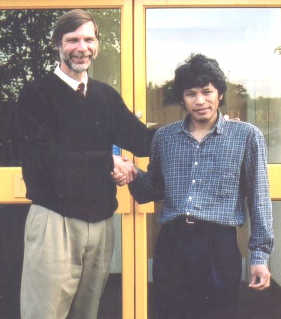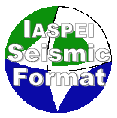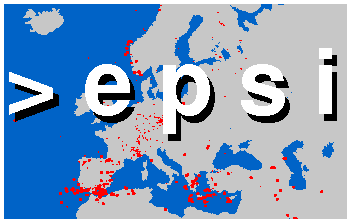Mamy Andrianirina to Continue at ISC
Over nearly three years since he joined the ISC from Madagascar, Mamy Andrianirina has been a pivotal member of the team editing seismic data for the Bulletin. The high quality of his work made it obvious that he should be asked to continue after his second year, and everybody at the ISC was pleased when he accepted an extension.
Seismologists normally edit the Bulletin for just 2 or 3 years, and the ISC tries to fill the position with people from different parts of the world over time. So Director Ray Willemann faced a more difficult decision this year. "We need to continue interacting agencies around the world partly by filling this position on a rotating basis," says Ray, "But we plan important changes in our editing system over the coming year. Mamy's meticulous work and thoughtful consideration of new ideas are very valuable and hard to replace."
Mamy has agreed to continue helping out at the ISC, but warns that he is missing the warmer climes of Madagascar and is unlikely to stay more than another year.









